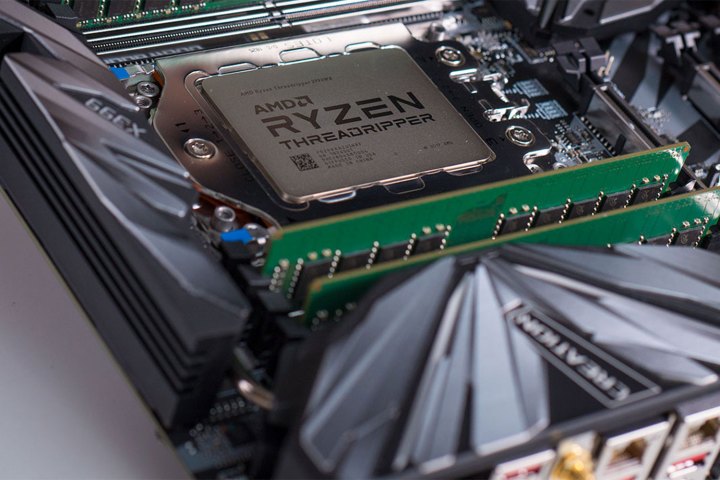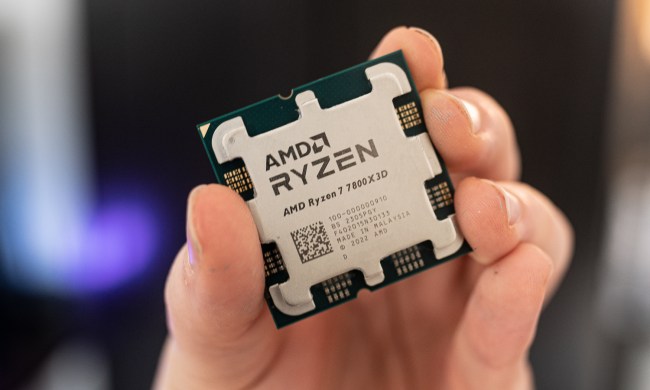Mission accomplished. The long road to dominance that AMD started on with the launch of its first-generation Ryzen processors has finally reached its conclusion, with AMD sitting atop the pile. Its new-generation of Threadripper CPUs is here, launching on the very same day as Intel’s lukewarm, 10th-generation Cascade Lake chips. The difference is stark. So stark, in fact, that Intel may take years to recover and AMD isn’t even done yet.
AMD has been on a tear for the past two years, delivering major improvements in both its CPU and GPU divisions. But where it’s really shone is in returning us to a processor development cycle that delivers serious performance enhancements year on year. In 2019, it’s done so once again, this time upping the ante in ways we haven’t seen the red team do since its Athlon 64 days.

With Ryzen 3000 we saw a 15% increase in instructions per clock, finally bringing mainstream AMD CPUs within a hair’s breadth of Intel’s single-threaded performance. Combined with boosted clock speeds and better memory latency, Ryzen 3000 chips offer better bang for buck in almost the entire product stack.
But as with the first-generation Ryzen CPUs, AMD’s big win in 2019 was heralded by a further advancement into higher-core counts. Where Zen CPUs taught us that six cores was perfectly viable for mid-tier processors, and eight cores were to be expected at the top, Zen 2 took us one step further.
Mainstream CPUs under $500 now offer up to 12-cores. Move those goalposts up to $750 and there are 16-core chips available, with the same, strong single-threaded performance to boot.
While Threadripper 3000 has yet to push the core-count boundaries beyond what we saw with the second-generation, it has delivered something that just wasn’t possible before: a CPU that has both huge core counts and strong single-threaded performance too.
The new 3960X and 3970X CPUs have 24 and 32-cores a piece, with double the number of supporting threads thanks to simultaneous multithreading. Just take a look at some of the results from the likes of Anandtech, PCWorld, or KitGuruTech. They are embarrassing for Intel. Its brand new, 18-core, 10980XE get absolutely destroyed by the new CPUs. Even the $3,000, server-grade Xeon W-3175X part, with its 28 cores, is no match for AMD’s new best. And that’s not even the best the red team has planned.
On the very same day where its up-to-32-core Threadripper 3000 CPUs pulled the rug out from Intel, AMD officially announced the impending arrival of its 3990X. A 64-core, 128-thread HEDT processor that should deliver performance far in excess of what even the 3970X is capable of. Set to debut in January, the 3990X will be the most powerful CPU outside of AMD’s own Epyc server line of CPUs, and it will likely challenge them too.
We don’t yet know what the 3990X will cost — though $3,000 seems like a good ballpark guess. But at this point, AMD can effectively set its own standards. The 9900KS might hold on to a slim margin in pure gaming tests, but if you do anything else on your PC, buying Intel’s long-in-the-tooth 14nm hardware feels like a dead-end.
The only question now is whether AMD can keep up with demand. It’s going to be high.



